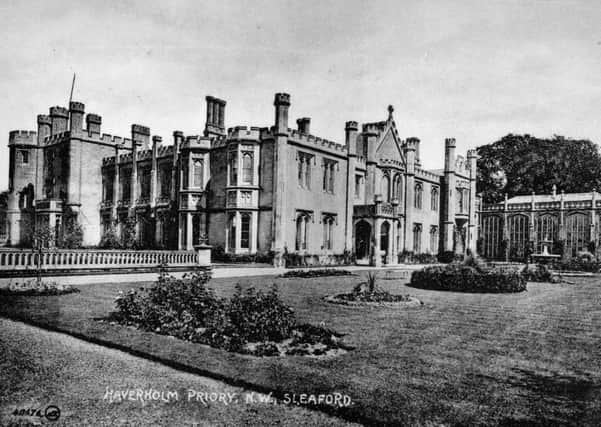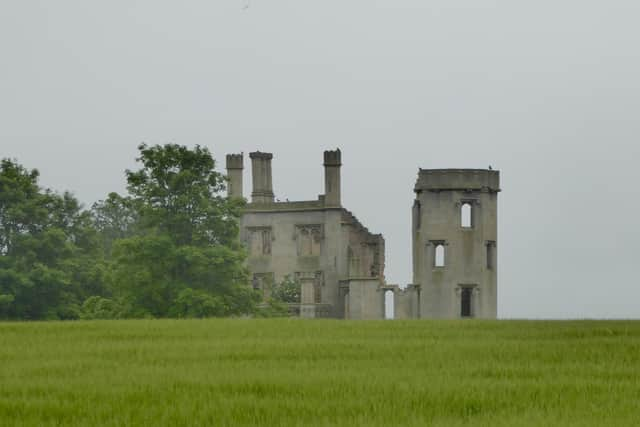Ghostly goings on at ruined priory


After rejection of the site by the Cistercian order, it was offered to Gilbert of Sempringham and his Gilbertine order, who sent nuns and monks from Sempringham to inhabit the new buildings in a double monastery.
Following Henry VIII’s dissolution of the monasteries, the priory and lands were bought by the Finch-Hatton family. The family built a house in the Gothic style in the 1780s.
Advertisement
Hide AdAdvertisement
Hide AdGeorge William Finch-Hatton, 10th Earl of Winchilsea, had the house rebuilt in 1835 in a Tudor style, where he later died in 1858. Apparently, in the early 1900s, the family had a lion as a pet, which roamed around the house like a cat.


In 1926, Haverholme was put up for auction at the Corn Exchange, but much remained unsold. One story goes that part of it (possibly the conservatory) was bought by an American lady who dismantled it with the intention of rebuilding it in America. However, while the cargo was in the dock in Liverpool, the lady in question died in a train crash. Subsequently, the stones were never shipped and are said to have been used to build part of the new docks in Liverpool.
The ruined priory lies on private land as part of the Haverholme Estate; it is Grade II listed and a designated Ancient Monument.
In its foundation charter a curse was added that if any person caused harm or injury to the priory and its inhabitants, being unrepentant they would be condemned and cursed. As well as the unfortunate fate of the American woman, another owner began moving some of the monk’s graves and his son had a riding accident, injuring his leg which would not heal. Eventually the site was exorcised by the Vicar of Ewerby and Bishop of Lincoln, and his son recovered.
Advertisement
Hide AdAdvertisement
Hide AdA visitor to the house in the 1900s described the sound of a crying lady (said to be a nun) in one of the bedrooms in the tower; also a loud, fierce whizzing noise which terrified dogs and the sound of footsteps on the gravel path.